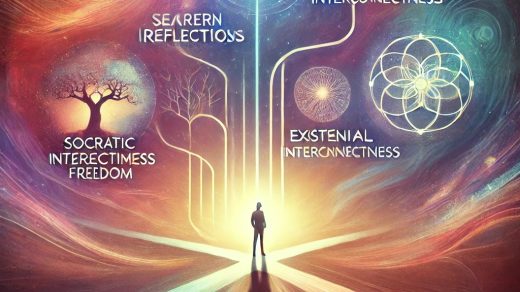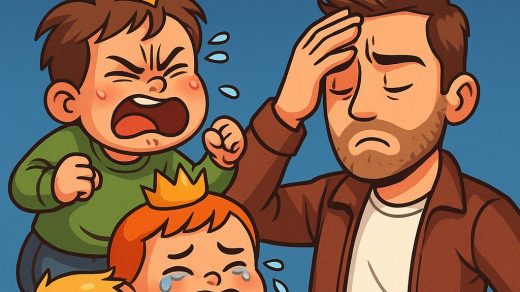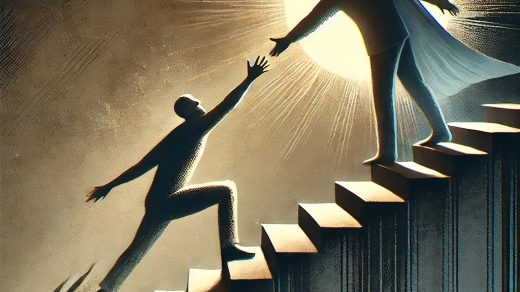The title might seem odd at first glance, but let me explain its meaning clearly and logically.
All of us, as human beings, are fundamentally similar: we’re made of flesh and bones. Yet, despite these shared characteristics, each of us possesses unique DNA, which carries the information that makes us truly one-of-a-kind.
Your DNA isn’t just a biological blueprint; it’s a detailed set of instructions that shape not only your physical appearance but also your innate characteristics and traits—even before society influences who you become.
This uniqueness of DNA applies to every single person, except in the special case of identical twins. Identical twins initially share the exact same DNA, but over time, slight changes or mutations occur. These subtle differences can only be detected through advanced genetic testing. This phenomenon has long fascinated both science and psychology:
- Scientific perspective: Science explains these subtle DNA differences as minor genetic mutations that occur naturally as twins grow and develop. Even though these differences might be tiny, they can lead to variations in health, physical traits, and individual characteristics.
- Psychological perspective: Psychology views identical twins as especially intriguing because, despite sharing almost identical genetics and similar environments, twins often develop distinct personalities, preferences, and even life paths. Psychologists attribute this divergence largely to subtle environmental interactions, personal experiences, and the twins’ unique individual perceptions.
Now, you might be wondering: If we’re all different, how can we possibly be alike?
Let’s break this down logically:
Our DNA differs precisely because each of us is meant to be different. These differences aren’t limited to appearance—they extend to our inherent personality traits and natural abilities, which exist even before societal influences shape them.
Here’s the fascinating paradox: The very fact that we’re all uniquely different is, itself, a common trait—a universal pattern we all share. Understanding and embracing this pattern allows us to recognize and appreciate the uniqueness in each other.
If we accept that we are unique and wish to become our authentic selves as coded in our DNA, we must also realize that everyone else has the same innate desire. Each person has their unique path and purpose to fulfill.
When we understand this clearly, it becomes evident that competing against each other is fundamentally misguided. External competition becomes a distraction—an illusion that prevents us from discovering our true, authentic selves.
Ultimately, recognizing that external competition is unnecessary means we can live together in harmony. We can coexist peacefully, appreciating each other’s uniqueness rather than fearing or competing against differences. Although we are different individuals with different traits and distinct purposes, acknowledging this allows us to find unity and harmony, because the greatest similarity we all share is precisely our uniqueness.
Embracing our differences is, in fact, the very thing that makes us truly alike.


